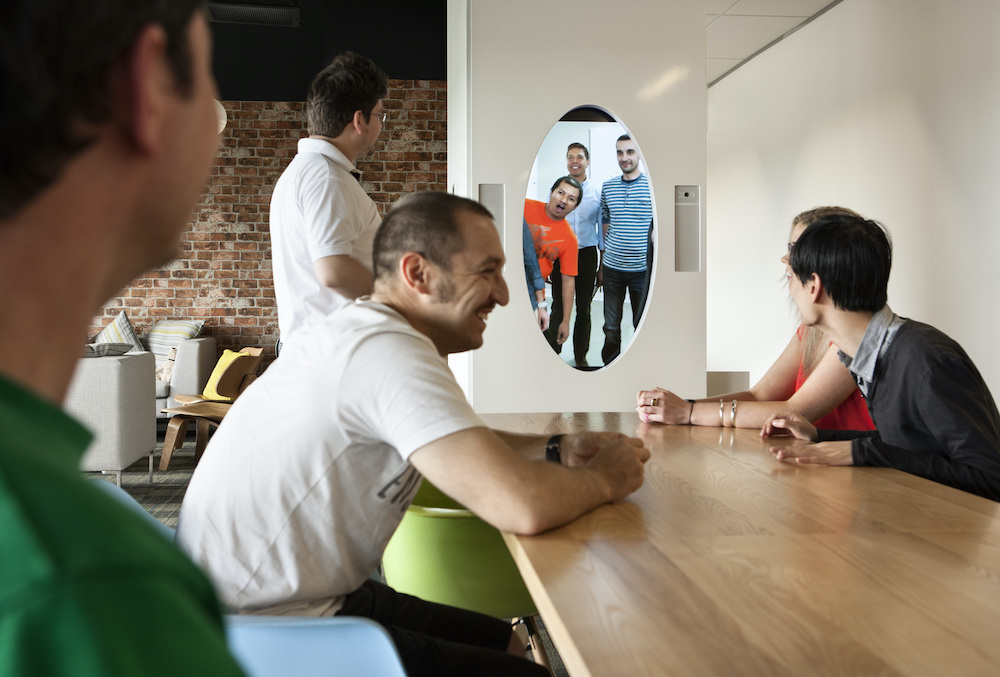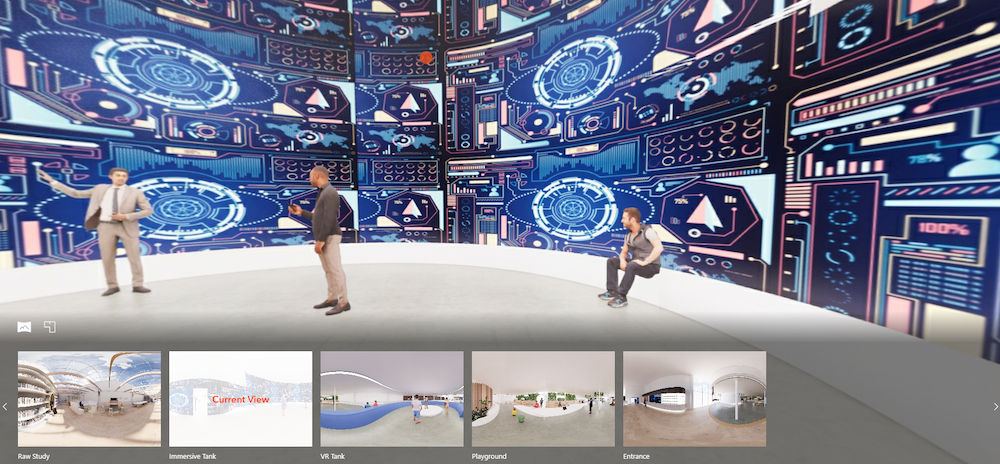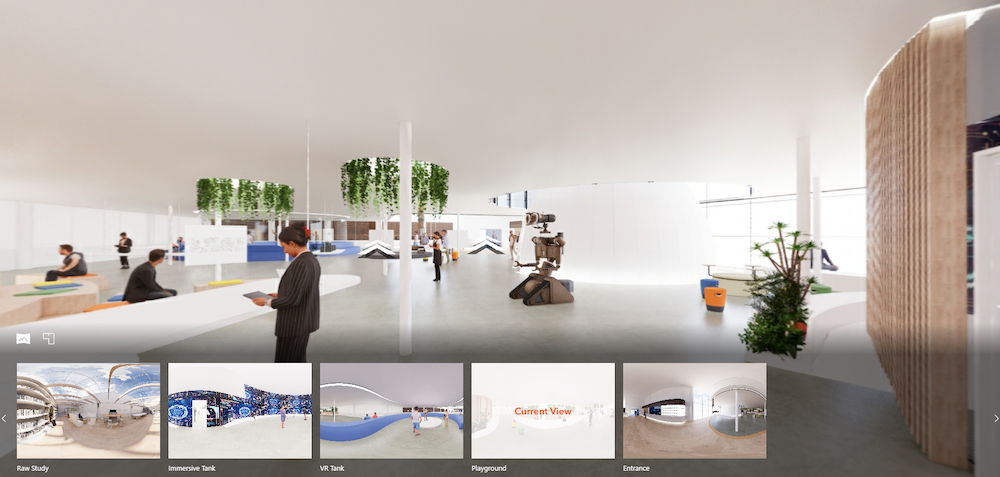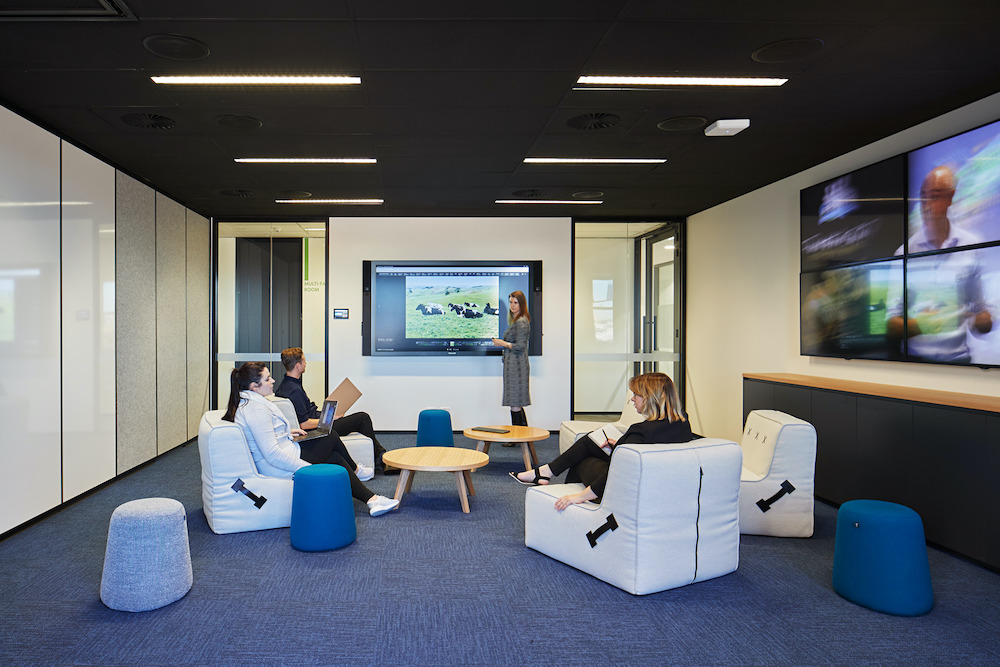Regan Donoghue of Unispace shares three key things companies looking to create both physical and digital offices in the future should consider.
The moment the pandemic began, the role of the workplace strategist rapidly evolved. Suddenly, we were forced to shift focus from optimizing the workplace through physical design to optimizing the workplace through digital design. With employees working from every corner of the globe, the new challenge was to find ways to keep them feeling connected to their work, their companies and each other without having a centralized physical location to default to.
Over the last few years, remote and hybrid work has become the new normal, and employers are increasingly looking toward the future to design both digital and in-person workspaces. If utilized correctly, the metaverse can offer companies a wealth of opportunities to boost productivity, increase employee communication, and foster a sense of company pride that goes far beyond what is possible in a physical setting. But there are also a lot of ways that relying on the metaverse as a substitute for the physical workplace can go wrong. While I do think in 5-10 years we will be seeing a lot more virtual worlds at work, I don’t think there is any way to fully replicate the experience of in-person collaboration, so companies need to be designing both real and digital office spaces that feel cohesive.
As I work with clients to help ideate what work in a digital environment can and should look like, I’ve realized that designing for both the metaverse and the post-pandemic physical office space requires a deep understanding of human behavior and mental health. Here are three key things companies looking to create both physical and digital offices in the future should consider:

1. Hybrid isn’t always helpful
While I don’t think hybrid work is (or should be) going anywhere, I do think it’s worthwhile for companies to consider the boundaries of hybrid work as they create a digital work environment. The fact of the matter is that our current model of mixed-presence communication is not going to work forever.
Think about all the meetings you’ve attended over the last few years that have been a mix of in-person and remote employees, and you might be able to see the problem. Physical and digital spaces simply do not integrate seamlessly. If half the attendees are together in a room and the other half are just floating heads on a screen, there are actually two different meetings happening at once.
Those dialing in remotely may miss some of the chatter and small talk happening in the room, while those in the room may feel it’s harder to have their voice heard, as, unlike their digital colleagues, their faces do not come full screen whenever they speak. I personally think that when it comes to meetings, it should be all or nothing. If 70% of the staff is in person and 30% is remote, everyone should dial in remotely.
However, the metaverse may provide employers the opportunity to solve this issue by creating a digital space that feels like a physical space. In the future, mixed-presence meetings would work a lot better if everyone – even those in the real-life conference room – put on a virtual reality headset that brought them into an identical room in the metaverse. While the chairs may be empty in reality, in the metaverse the remote employees can sit comfortably among their peers chatting happily, while in-person employees can ensure that their thoughts and opinions are taken into equal consideration.

2. The digital world needs rules and structure
When it comes to designing for the metaverse, it’s hard to know where to start. In a digital space, you can create literally any kind of world or environment imaginable, but gravity-free fantasy lands are probably not ideal for fostering productivity. For companies looking to design a cohesive metaverse workspace, branding is key. Ideally, the metaverse office should feel stylistically similar to the real-life office, with similar décor, lighting, branding and amenities.
Unlike designing for a real-world office, designing for the metaverse workspace also requires designing rules for interaction within that space, and essentially building a culture from the ground up. Considerations here include – how should employee avatars be able to present themselves? Is there a uniform, or can they choose any outfits they want? Are there any limitations to what they wear or look like? Additionally, how are employees passing each other within the digital world able to interact with one another? Can they start up a conversation in the virtual hallway? Can they shake hands? Touch in other ways? While we generally know how it’s acceptable to interact in a professional in-person setting, designing interaction for the metaverse is a whole new ballgame that can open up a lot of HR issues if you’re not careful.

3. Digital customization enables productivity
I have long been an advocate for a flexible work environment in the real world – and I don’t just mean the ability to work from home. For workplace designers, flexibility has become a key consideration in creating a physical office space that meets the needs of many kinds of workers. Ideally an in-person office should be a place where employees of all stripes – whether introverts, extroverts or somewhere in between – should be able to feel comfortable and supported in their ability to create. While physical office spaces are increasingly including things like phone booths, collaboration spaces or meditation rooms, the metaverse can take this kind of choose-your-own-adventure workplace to a whole new level.
While physical office spaces are increasingly including things like phone booths, collaboration spaces or meditation rooms, the metaverse can take this kind of choose-your-own-adventure workplace to a whole new level.
Imagine logging into work for the day and being able to pick from a variety of different environments in which to get work done. Maybe you work best in a cozy coffee shop where the sound of ambient conversation and the tinkle of spoons against porcelain lulls you into the task at hand. Maybe you’re transported back to your college library, enfolded in silence amid stacks of old books and large, light-filled windowpanes. Or maybe you’d prefer a corner office with a view of Central Park – all of that is possible within the confines of a digital world.
The emergence of the digital workplace presents an opportunity for designers to create an optimal work environment that promotes creativity, collaboration, and productivity for every kind of employee. While there are many kinks to work out along the way, the metaverse office may indeed be the future of the workplace, and it’s time for designers to continue the research we’ve done in the built environment and bring that knowledge into the digital world. The future of work is changing, but with a little thought, the new reality may just be a better place for everyone.


